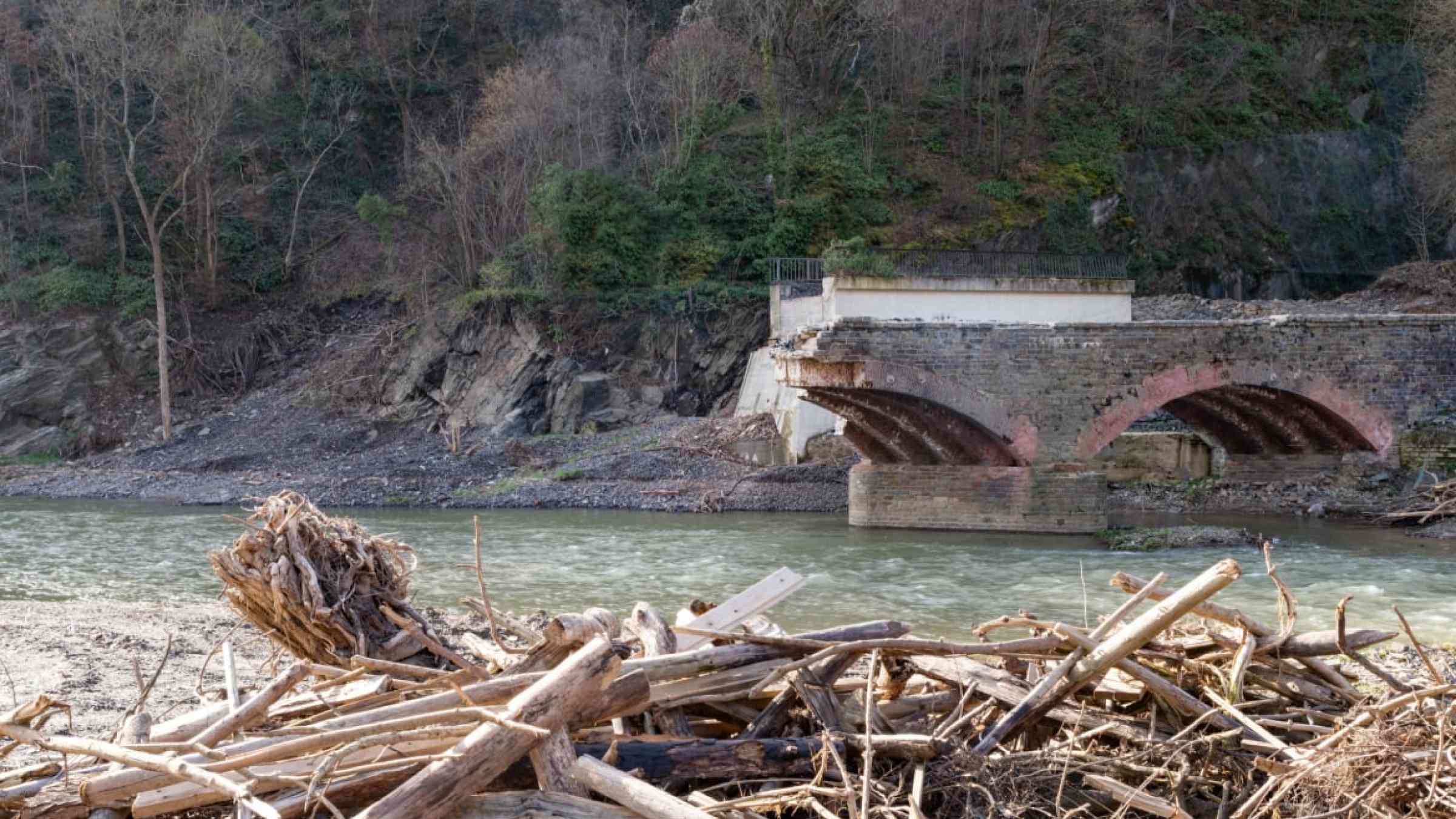Latin America, Caribbean achieves capability in using nuclear techniques to respond to disasters

It is the second-most-disaster-prone region in the world. Latin America and the Caribbean is vulnerable to natural events like earthquakes, floods and hurricanes owing to its unique tectonic structure and weather patterns. With climate change further exacerbating the impact of these vulnerabilities, the region urgently needed capacity to assess the safety and integrity of built structures following natural disasters, particularly in urban areas. With the IAEA’s help, the region has achieved self-reliance in these capacities.
Four response centres, able to evaluate the integrity of civil structures like roads and bridges in their own and neighbouring countries using nuclear non-destructive testing (NDT) techniques, have been established in Argentina, Chile, Mexico and Peru, with IAEA assistance. These centres will support a coordinated regional response in cases of emergency.
Recent earthquakes in the region dramatically highlight the importance of networks that improve coordination of emergency response in the disaster-prone region. Through the development of the response centres, the region has become self-sufficient in mitigating the effects of disasters.
NDT techniques provide reliable data on the strength and integrity of materials without interfering with potentially already weakened or hazardous structures, using different types of radiation to detect defects in concrete, pipes and welding. The techniques are safe and quick, contributing to the protection of civilians.
The four response centres have been established through an IAEA technical cooperation (TC) project, initiated in 2018, to improve the quality of industrial goods and services and enhance the assessment of city structures in Latin America and the Caribbean, using nuclear techniques.
To establish the centres, the IAEA organized training and certification of experts in NDT techniques through the ongoing regional TC project in Buenos Aires from 7 to 18 November. Nine participants from Argentina, Brazil, Costa Rica and Mexico were newly certified or recertified in advanced methods of digital radiography using X rays and gamma rays. They are now qualified to inspect civil engineering structures using the latest NDT techniques.
A further 24 participants from 10 countries — Argentina, Chile, Costa Rica, Cuba, Dominican Republic, Ecuador, Mexico, Peru, Uruguay and Venezuela — qualified in civil methods of NDT, including visual inspection and ultrasonic testing, which uses soundwaves to detect flaws in and thickness of materials.
The training and certification were provided by the non-profit Italian Society for Non-Destructive Testing Monitoring Diagnostics (AIPnD) under a Practical Arrangement with the IAEA and in accordance with ISO 9712 on non-destructive testing, as well as ISO 17024 on general requirements for certification bodies, enabling the experts to train others.
Hernán Xargay, Head of Division at the Argentine National Atomic Energy Division, and coordinator at the new response centre in Argentina, said: “The training and certification at the ISO level organized by the IAEA creates confidence that international requirements are met and supports harmonization of methodologies throughout the region.”
Mario Barrera Méndez, Quality Control Coordinator at the Chilean Nuclear Energy Commission, who leads the new response centre in Chile, agreed: “The network established by the IAEA is the cornerstone of the region’s new emergency response capability. As one of the four response centres, we intend to share the vast amount of knowledge we have gained in NDT techniques where it’s needed in Latin America and the Caribbean.”
Non-destructive testing is a quality control method that uses nuclear techniques to examine materials without damaging them. The IAEA supports the use of non-destructive testing technology to maintain stringent quality control necessary for the safe operation of nuclear and other industrial installations. It helps countries train staff in applying the technology and provides equipment. Read more about the IAEA’s work on non-destructive testing.